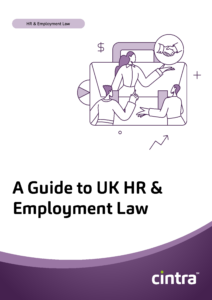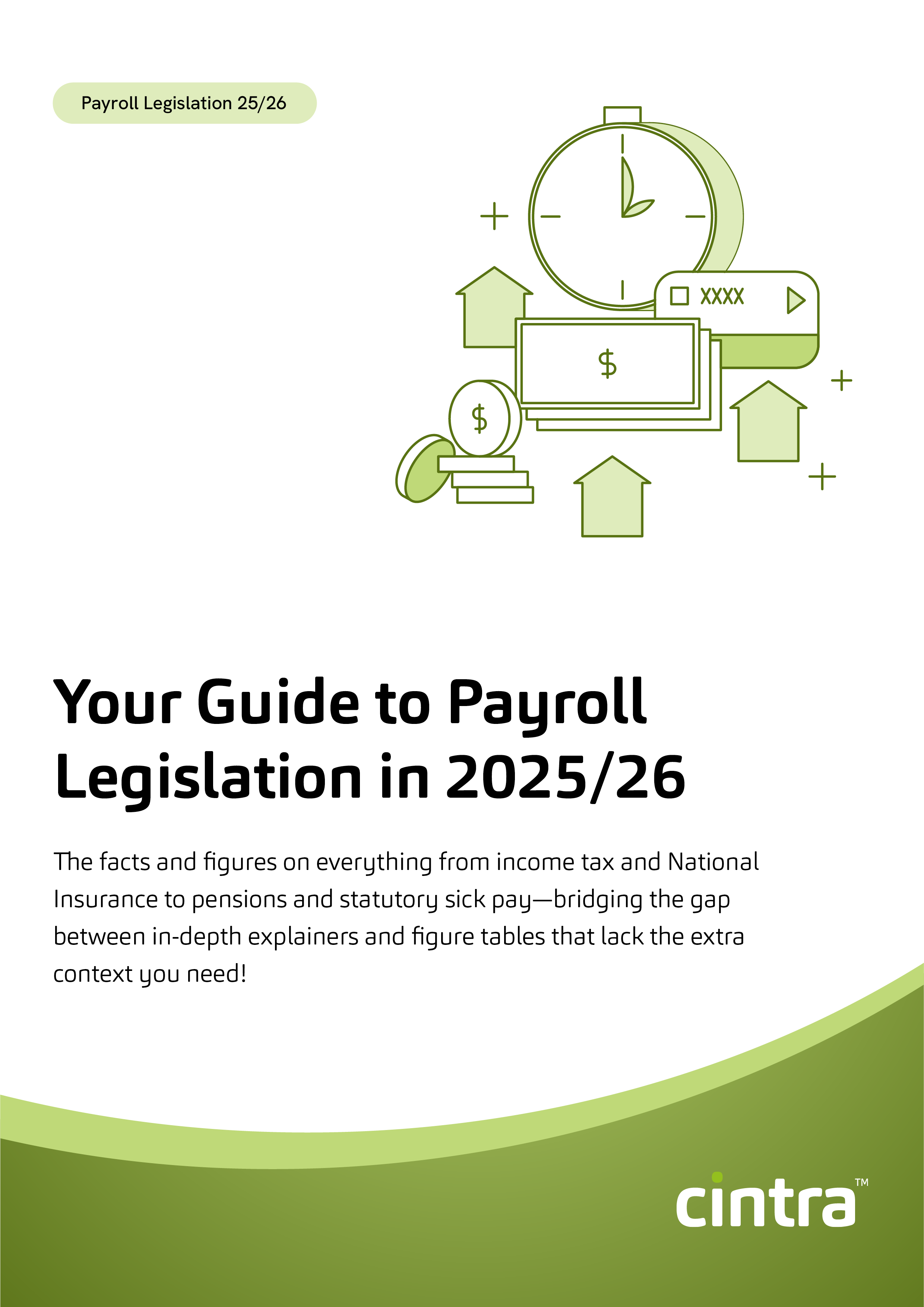As an expectant parent it can be stressful, and not knowing what your paternity entitlement just adds to your worries. We’ve got the lowdown on paternity leave in the UK!
Having a baby can be an exciting yet stressful time for many expectant parents, so the last thing you need is to be worried about ‘am I entitled to paternity leave?’. We know that having a new baby comes with a list of things to check off – so let’s help you check your statutory leave entitlement to make the transition to parenthood that little bit smoother.
What is paternity leave?
Statutory Paternity Leave is the time you can take off to spend with your newborn baby. If you’re an employee, you’re entitled to take either of paid paternity leave, which must be taken consecutively. This is pro-rated – so, if you only work 2 days a week normally, you would only be able to take these number of days off to count as one week.
Some companies may offer additional / extended paternity leave, so it is important to check this with your employer or look at your contract.
Unlike maternity leave, paternity leave can’t start before the birth and must end within 56 days of the birth (or due date if the baby is early).
Are you entitled to paternity leave?
To qualify for Statutory Paternity Leave you must be the:
- child’s biological father
- child’s adopter or intended parent (if using a surrogate)
- child’s mother’s husband or partner (including same-sex partners).
You must also have been working for your employer for at least 26 continuous weeks by either:
- the end of the 15th week before the week of the due date
- the end of the week that you are told you’ve been matched with your child for adoption (for UK adoptions).
Your rights whilst on leave
When you’re on paternity leave, your job rights stay the same. That means you’re still in for pay raises, can keep stacking up those annual leave days, and are guaranteed to be able to return to your job after your leave ends.
Statutory paternity pay
The statutory weekly rate of Paternity Pay is set by the government and is currently £187.18, or 90% of your average weekly earnings (whichever is lower). However, your employer can choose to pay you a higher rate if this is written into your contract.
Any money you get is paid in the same way as your wages, for example monthly or weekly. Tax and National Insurance will be deducted.
Your paternity pay is usually paid as part of the normal payroll run within the period of leave. Your employer must confirm the start and end dates for your Paternity Pay when you request it. If you need to change the start date you must give your employer 28 days’ notice.
Telling your employer about your paternity leave
To take paternity leave you need to give your employer notice. This must be requested, 15 weeks before your baby’s due date or within 7 days or being matched with a child for adoption.
When you give notice you’ll need to tell your employer:
- when the baby is due or the date of the birth (if you’re adopting, give the date you’re matched with your child or the date when the child is placed with you)
- when you’d like to start your paternity leave and pay
- whether you are taking 1 or 2 weeks of paternity leave
You can change the dates of when you want to take paternity leave – however you must give your employer 28 days’ notice of the change.
What if you’re not entitled to paternity leave?
If you’re not entitled to paternity pay, don’t worry because you do have some options to take time off to spend with your new addition.
Some companies may allow you to take the time off as unpaid leave if you don’t yet qualify for SPP. During this time you might qualify for low income support depending on your earnings.
You can also often take the time off using your holiday allowance if you have time left to take. This is an option to discuss with your employer should you not qualify for paternity leave.
Hopefully this information has helped you plan for your paternity leave, if you are still wondering about your companies’ specific policies it is always a great idea to speak to your line manager or HR department ahead of any leave.

HR & Employment Law Guide
Grab your accessible summary of guidance and insights about where HR practices meet employment law.
Download your buyers guide


